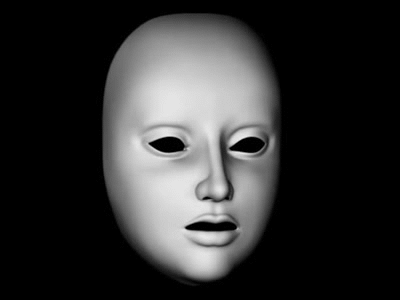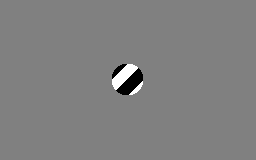Models of Decision Making for Neuroscience
Simon Schug
October 2020
Normative Models
Uncertainty
The world is riddled with uncertainty.
 Noise
Noise
 Ambiguity
Ambiguity
 Partial Information
Partial Information
Probability Theory
Probability theory is nothing but common sense reduced to calculation.
Bayes’ Theorem
Given the state \(x\), the observation \(y\) and the hypothesis space \(\mathcal{H}\)
\[ P(x|y, \mathcal{H}) = \frac{P(y|x, \mathcal{H}) \cdot P(x| \mathcal{H})}{P(y| \mathcal{H})} \]
- Likelihood: Probability of the observations given the explanation.
- Prior: Probability of the explanation based on prior experiences.
- Posterior: Probability of the explanation given the observations.
Posterior Update
Model Selection
What happens when we have multiple explanations \(\mathcal{H}_1, \mathcal{H}_2\) for the data? \[\mathcal{H}^* = arg \max_{\mathcal{H}_i} P(\mathcal{H}_i|y)\]
- Find the most probable explanation by maximisation
- Automatically embodies Occams’ Razor
How does Bayesian inference help us to study decision making?
Expected Utility Maximisation
\[ a^* = arg \max_a \int p(x | y) \cdot U(a, x) dy \]
- Utility function \(U(x, a)\) encodes our own preferences
- Choose the action that maximises utility!
Ideal-Observer Analysis
Derive a theoretically optimal model on how to perform a given task.
Perceptual Decision Making
In simple perceptual decision tasks, humans perform close to optimal.
Monty Hall Problem
Process Models
Marr’s Levels of Analysis
Artificial Neural Networks
Study mathematical models of the brain.
Reinforcement Learning
Let artificial agents solve real tasks.